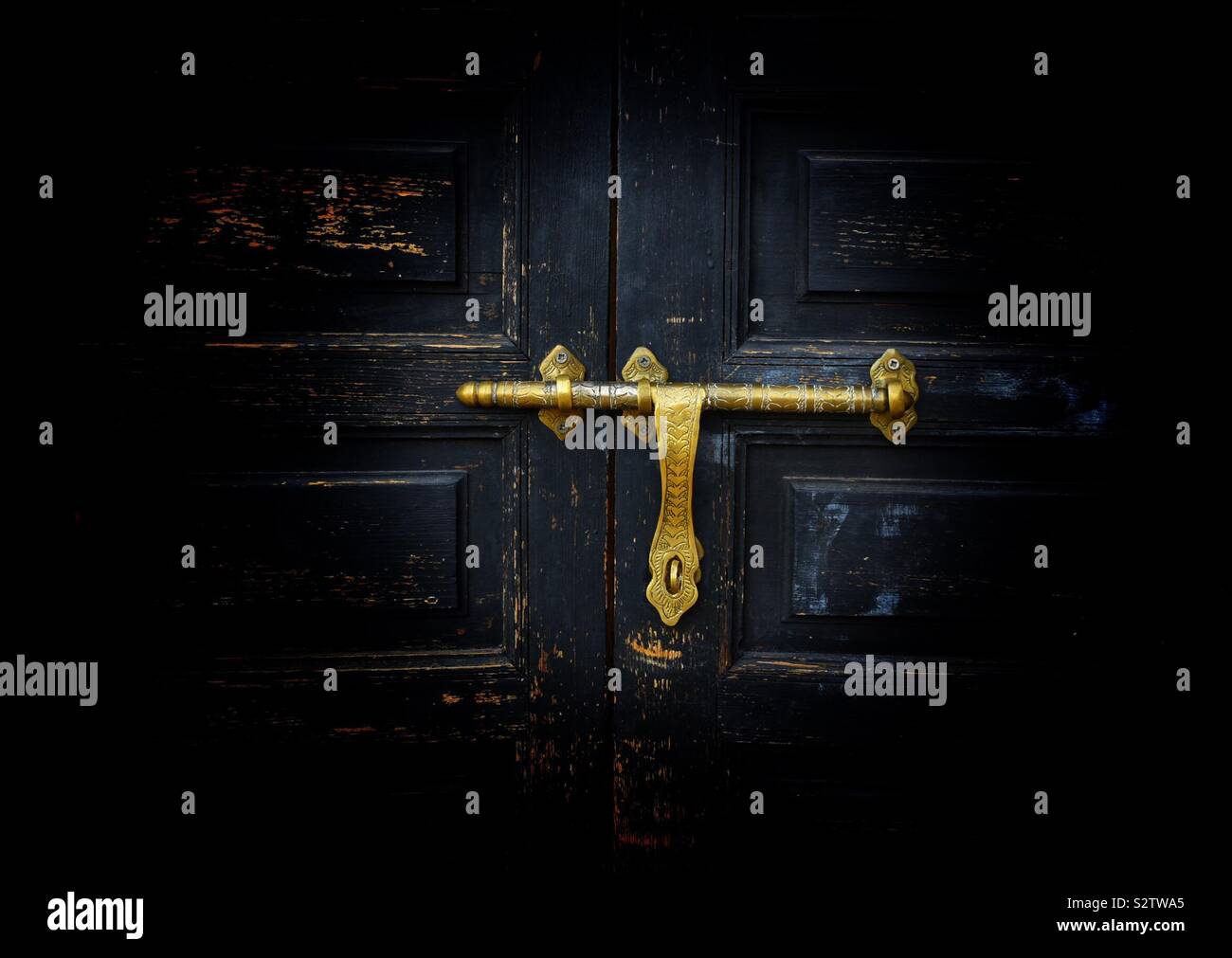
Since the current orbit period is known, the change will reveal the effect of the impact, scheduled to occur between Sept 26 and Oct 1, 2022. Scientists say the Didymos-Dimorphos system is an "ideal natural laboratory," because Earth-based telescopes can easily measure the brightness variation of the pair and judge the time it takes the moonlet to orbit its big brother.
#BRIGHTER 3D KEEPS CLOSEING HOW TO#
Planetary scientists can create miniature impacts in labs and use the results to create sophisticated models about how to divert an asteroid – but models are always inferior to real world tests. One major caveat: scientists think there are still 15,000 more such objects waiting to be discovered. There are 10,000 known near-Earth asteroids 460 feet in size or greater, but none has a significant chance to hit in the next 100 years.

NASA's Planetary Defense Coordination Office is most interested in those larger than 460 feet in size, which have the potential to level entire cities or regions with many times the energy of average nuclear bombs. To be clear, the asteroids in question pose no threat to our planet.īut they belong to a class of bodies known as Near-Earth Objects (NEOs), which approach within 30 million miles. "What we're trying to learn is how to deflect a threat," NASA's top scientist Thomas Zuburchen said of the US$330mil (RM1.38bil) project, the first of its kind. Impact should take place in the fall of 2022, when the binary asteroid system is 6.8 million miles (11 million kilometers) from Earth, almost the nearest point they ever get. The goal is to slightly alter the trajectory of Dimorphos, a "moonlet" around 525 feet (160 meters, or two Statues of Liberty) wide that circles a much larger asteroid called Didymos (2,500 feet in diameter). "Asteroid Dimorphos: we're coming for you!" NASA tweeted after the launch.

It may sound like science fiction, but the DART (Double Asteroid Redirection Test) is a real proof-of-concept experiment, which lifted off at 10.21pm Pacific Time Tuesday (0621 GMT Wednesday) aboard a SpaceX rocket from Vandenberg Space Force Base. A Nasa mission to deliberately smash a spacecraft into an asteroid – a test run should humanity ever need to stop a giant space rock from wiping out life on Earth – blasted off Tuesday from California.


 0 kommentar(er)
0 kommentar(er)
